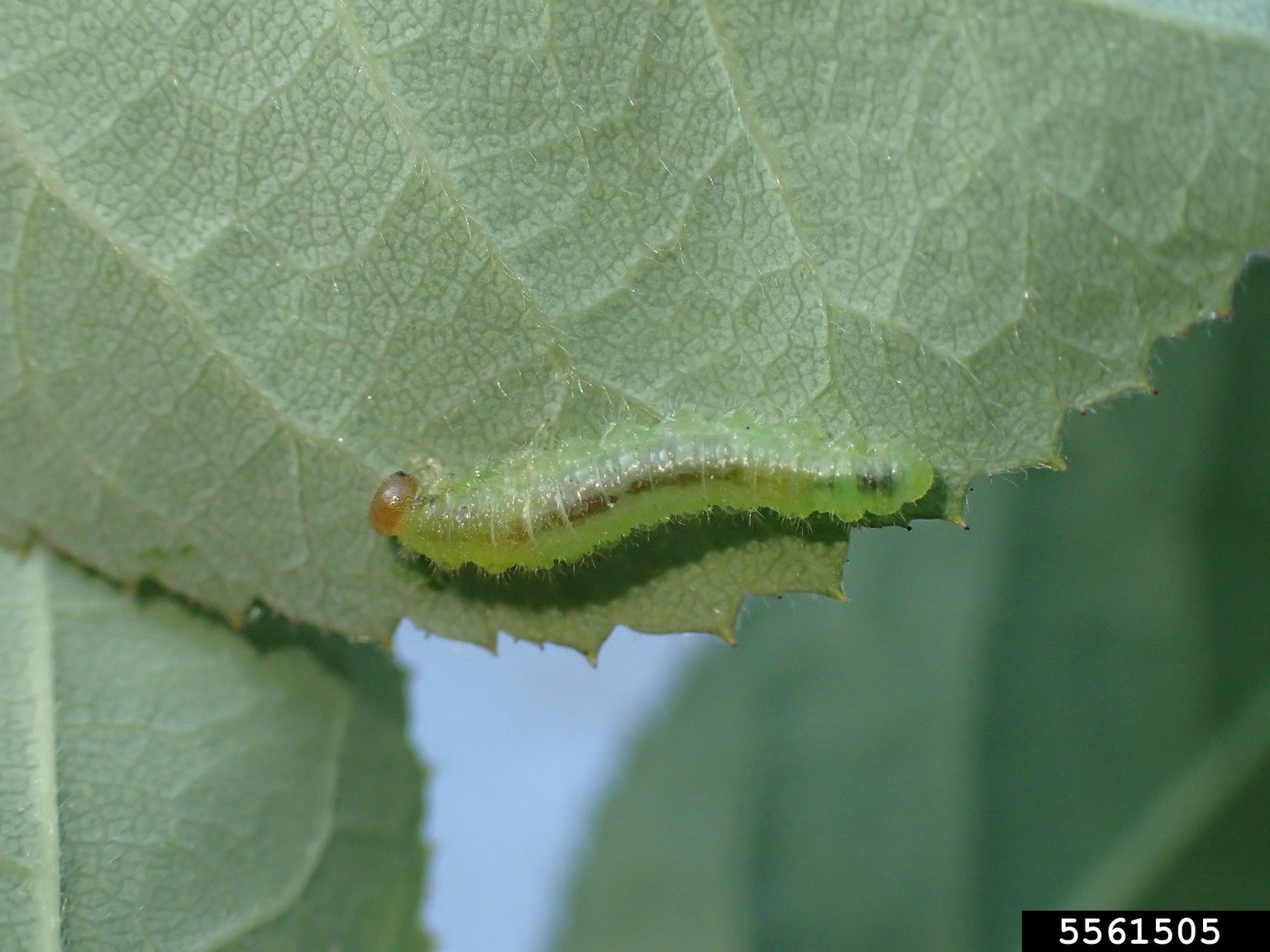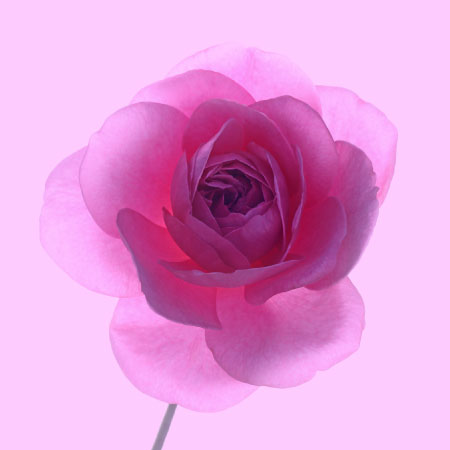Identifying Rose Slugs And Effective Rose Slug Treatment


In this article, we will take a look at rose slugs. Rose slugs have two main members when it comes to this family of slugs, and the particular variety and damage done will typically tell which one you have. Read on to learn more.
Rose Slug Identification
The rose slugs look like caterpillars, but they are not. They are about 1/2- to 3/4-inch (12.5 to 18.8 mm) in length when fully grown. The European rose slug is smooth and greenish yellow in color with a brown head and also tends to be slimy like typical slugs. The other is the Bristly rose slug, which is covered with small hair-like bristles. Both are the larvae of plant feeding wasps known as sawflies. The Bristly rose slug will typically feed on the underside of the rose leaves, leaving the translucent lacy layer of the leaf tissue that some rosarians refer to as skeletonizing of the foliage. Thus, it turns brown, and later large holes may develop with all that is left being the main vein of the leaf or leaves affected. The European rose slug will do virtually the same thing to the leaves affected except that they like to attack the surface tissues of the leaves rather than the underside. Thus, the Bristly rose slug can be more challenging to control.
Rose Slug Control
Contact insecticides are very effective against both family members of the rose slug family. However, it is important to note which one you may be dealing with, as to be sure to get the Bristly rose slug under control one must be sure to get the insecticide spray up under the foliage. If only a few rose slugs are seen, they may be picked off by hand and disposed of. However, if several are seen and the damage to the foliage is significant, the use of an insecticide is important to gain control before the health of the bush or bushes effected is placed at risk.
Gardening tips, videos, info and more delivered right to your inbox!
Sign up for the Gardening Know How newsletter today and receive a free copy of our e-book "How to Grow Delicious Tomatoes".

Stan V. Griep contributed to Gardening Know How for many years, and has been a Colorado Native Rosarian for over four decades. He is an American Rose Society Certified Consulting Master Rosarian in the Rocky Mountain District, and a member of the Denver Rose Society, the Loveland Rose Society, and the American Rose Society. He is Gardening Know How's in-house expert on all things roses.
-
 My Homemade Orchid Fertilizer Always Brings More Blooms – Here's The Easy Recipe That Transforms Plants
My Homemade Orchid Fertilizer Always Brings More Blooms – Here's The Easy Recipe That Transforms PlantsScientist-turned-gardener Mary Ellen Ellis shares her tried-and-tested DIY orchid fertilizer recipe, plus more ingredients to try for healthy, happy plants.
By Mary Ellen Ellis
-
 Looking For Plants To Give You The Soft And Fuzzies? Try These 5 Fuzzy Leaf Plant Options
Looking For Plants To Give You The Soft And Fuzzies? Try These 5 Fuzzy Leaf Plant OptionsLovers of texture, drama, silver foliage and tactile plants will adore these special sensory garden additions. These fuzzy leaf plant options will leave you all aglow
By Susan Albert